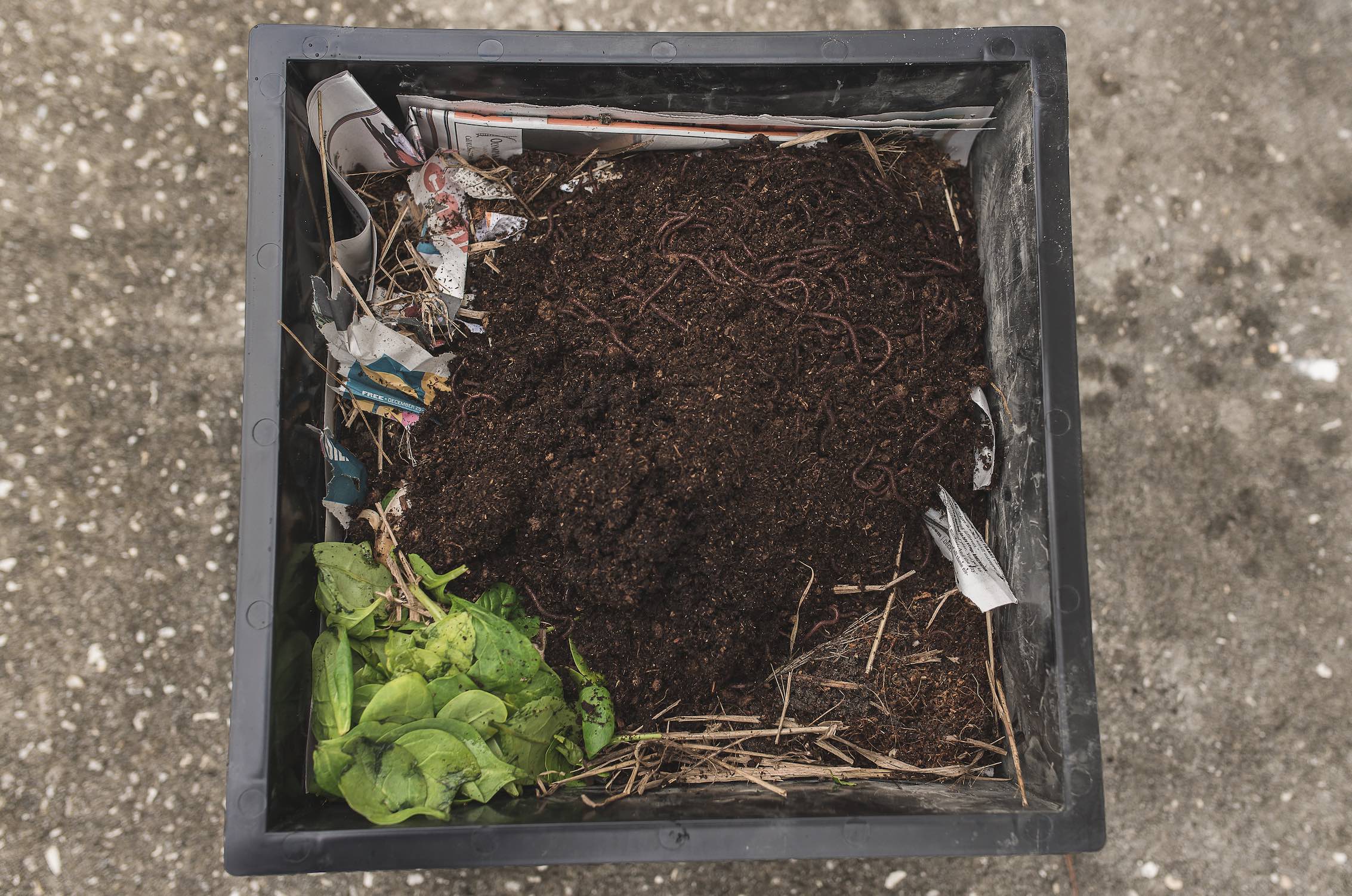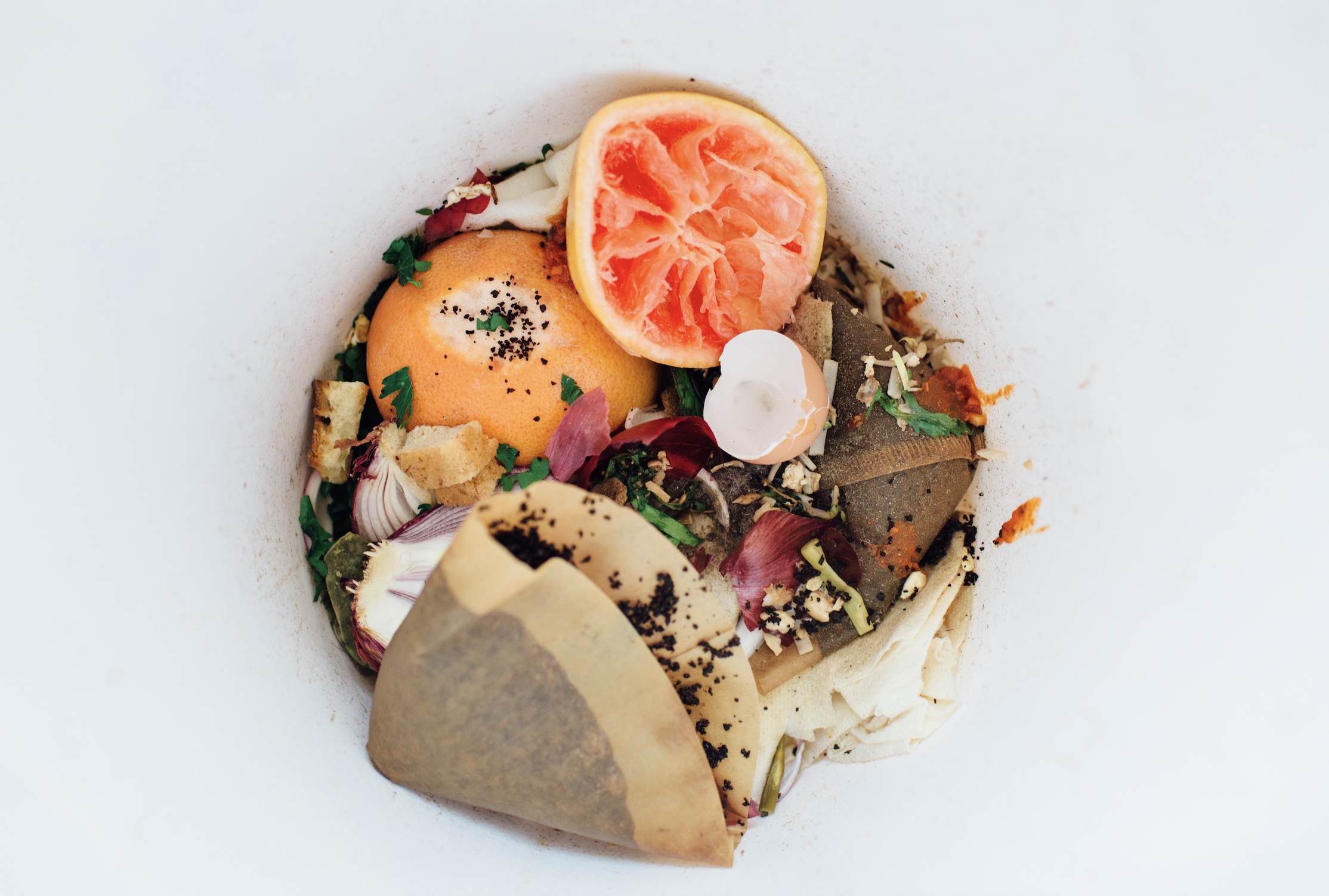The Compost Chronicles: How to Stop Talking Trash & Start Composting
Published April 27th, 2021
It’s Earth Month, LIV Fam. And in case you haven’t heard, we’ve released Limited Edition Pear Hydration Multiplier, with our first fully dissolvable outer carton and sticks made from compostable materials. This innovative carton rapidly dissolves in water or naturally composts in approximately 40 days. But how? Great question.
Sure, composting has become a household term, but for many of us, the specifics are still a bit murky. That’s why we’re breaking down the basics: what composting really means, the differences between backyard, community, and industrial composting, and how to start your own heap at home. Keep reading for everything you need to know.
The What and Why of Composting
Compost consists of organic material that’s packed with beneficial nutrients and can be used to fertilize soil. According to the US Environmental Protection Agency, food and yard waste (like leaves and plant scraps) account for over 30 percent of the nation’s garbage—but could actually be composted instead. Composting food scraps and garden refuse does more than just enrich your soil, it helps divert waste from landfills, where it releases a greenhouse gas called methane.

Backyard Composting
So you have the space and want to try your hand at backyard composting? First things first, composting requires three fundamental ingredients.
DO Compost These
Browns (carbon source): This includes mulch, brown (dead) leaves, twigs, newspaper, and unbleached paper towels
Greens (nitrogen source): This includes fruit and vegetable waste, old flowers, green leaves, coffee grounds, non-nylon tea bags, egg shells, breads, and grains
Water (moisture)
Your compost will need equal parts brown and green materials.
DON'T Compost These
Dairy products (butter, milk, cheese, egg yolks, etc.)
Meat or seafood
Pet waste
Used diapers
Walnut tree leaves or twigs
Yard trimmings treated with chemical pesticides
Coal or charcoal ash
__
To get started, we recommend purchasing a compost tumbler.
- Place your compost tumbler in the sun to keep it warm.
- Activate your compost: Add soil, compost, horse manure, or commercial compost activator to help kick-start your decomposition.
- Add your compostable materials: Make sure to break or shred everything into small sizes before composting.
- Remember to add brown and green materials at a ratio of 1:1.
- Keep your compost moist.
- Rotate your tumbler weekly.
Sit back and relax while your compost gets to work. After about a month, your compost should be the consistency of a chocolate cake crumb.

Community Composting
While setting up an at-home compost is a great way to reduce your carbon footprint and support your garden, for many people, it’s simply not an option. If space is limited and backyard composting isn’t feasible, you may want to research community composting options near you. If you’re in the Los Angeles area, LA Compost is an excellent asset. The organization runs and operates hubs, where community members can drop off their compostable food and yard waste, learn how to compost at home, and participate in volunteer opportunities.
Not in the LA area? No problem. There are tons of incredible resources and platforms for anyone looking to get involved in community composting. For example, if you have extra food waste and want to put it to good use, check out ShareWaste. The platform connects users with neighbors who compost, keep chickens, or have worm farms, making it easy to recycle food scraps and divert waste from landfills.
Industrial Composting
When a product or package says “industrially compostable,” that means it will break down completely under the right conditions. It’s important to note that industrially compostable materials aren’t designed to be composted at home, and usually require additional processes to create the ideal environment for decomposition—meaning you’ll need to drop them off at an appropriate commercial composting facility in your area. Click here to find a compost dropoff near you.
There you have it, everything you need to reduce your impact from the ground up. Now that you’ve got the know-how, it’s time to let it rot. Share how you compost on social and don’t forget to tag @liquidiv.
